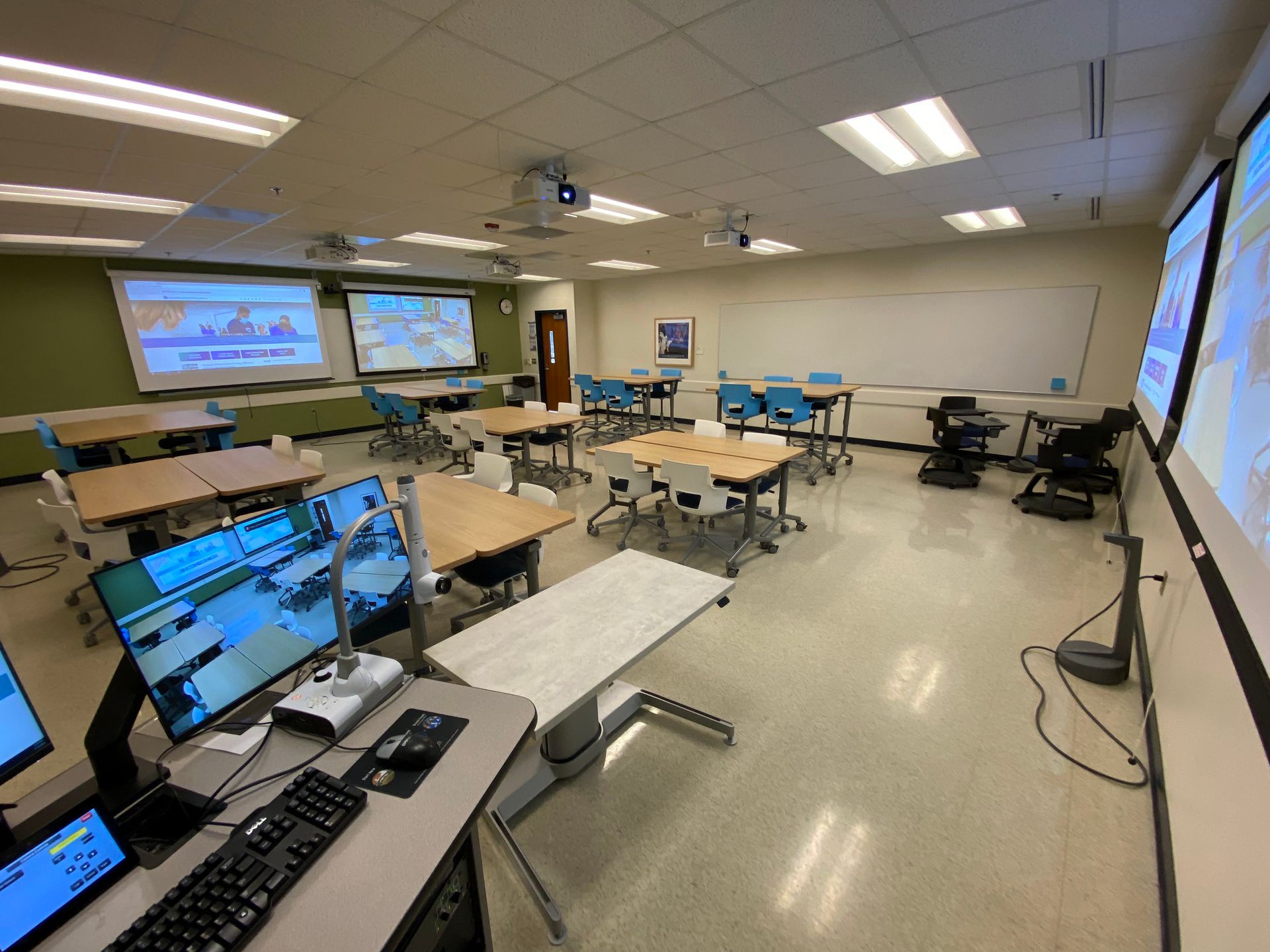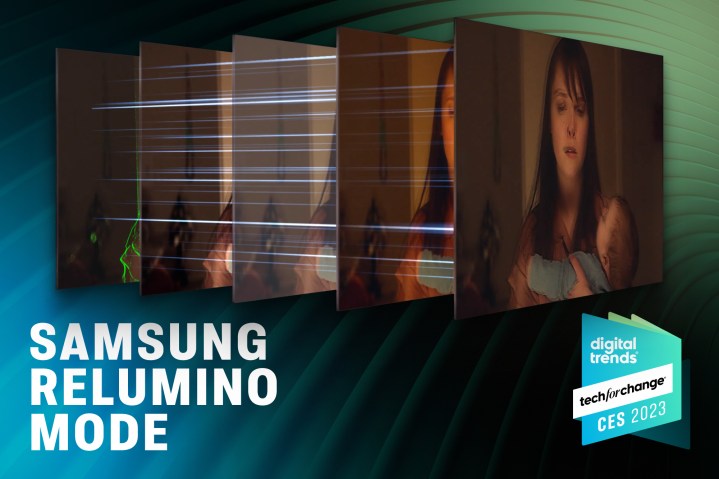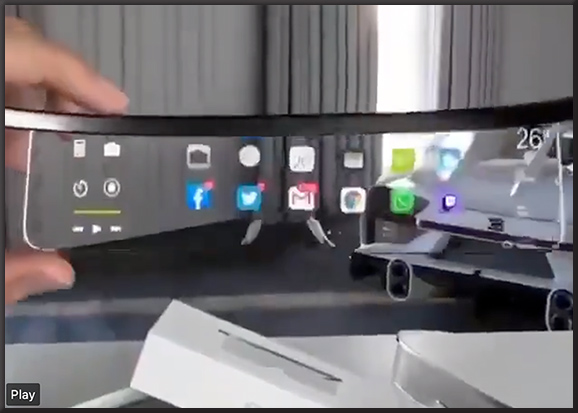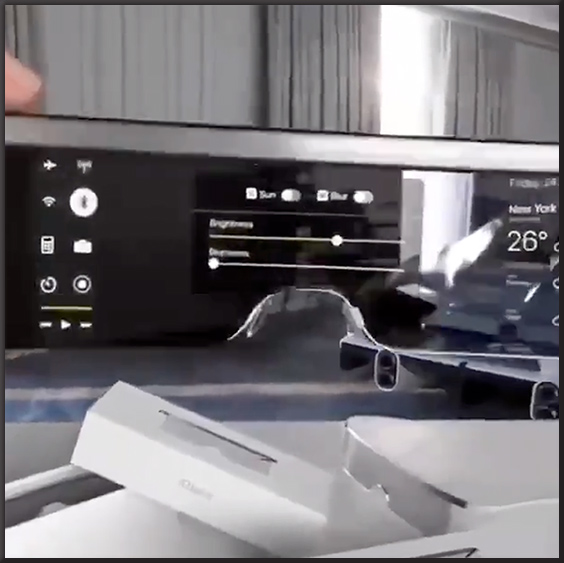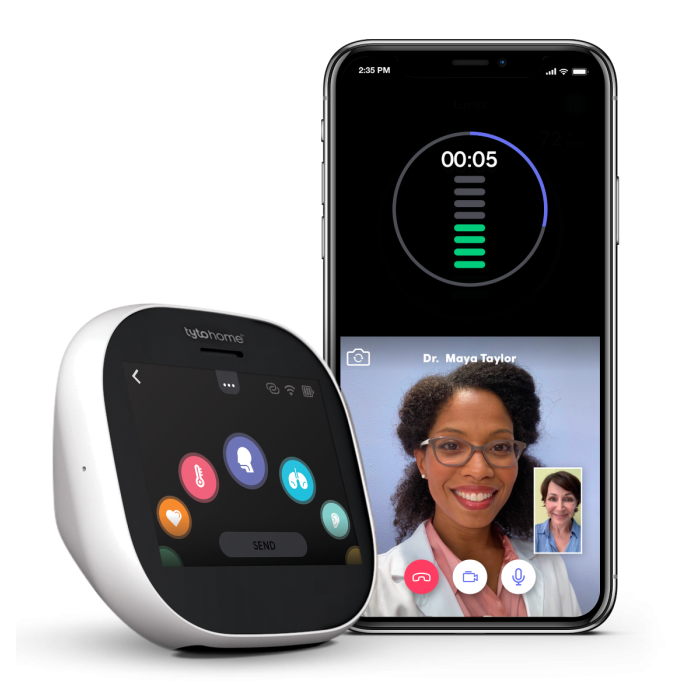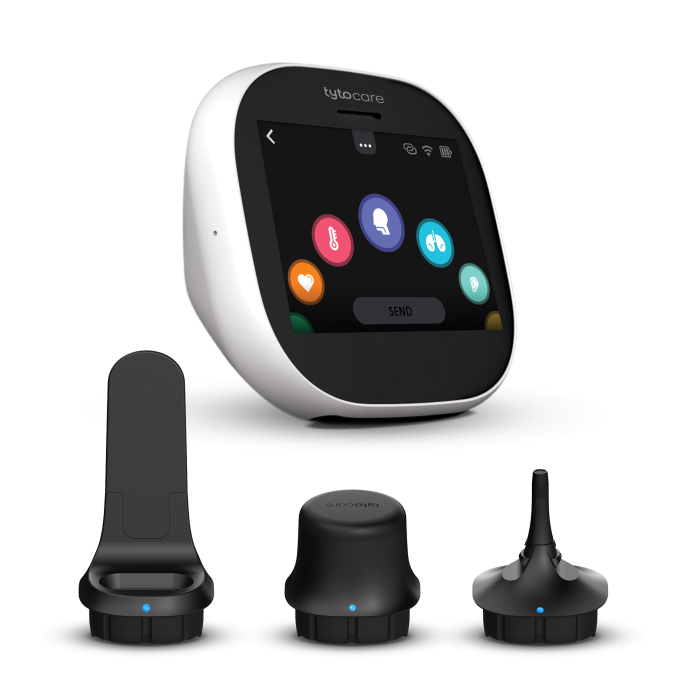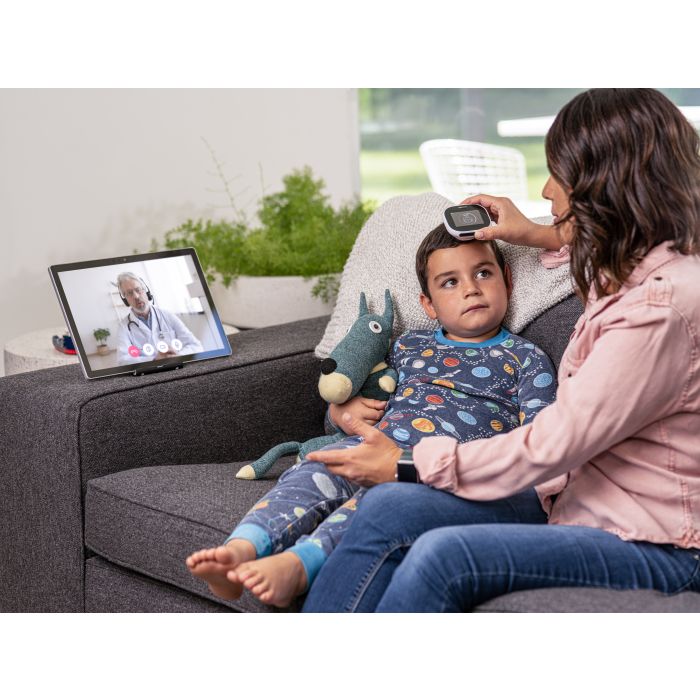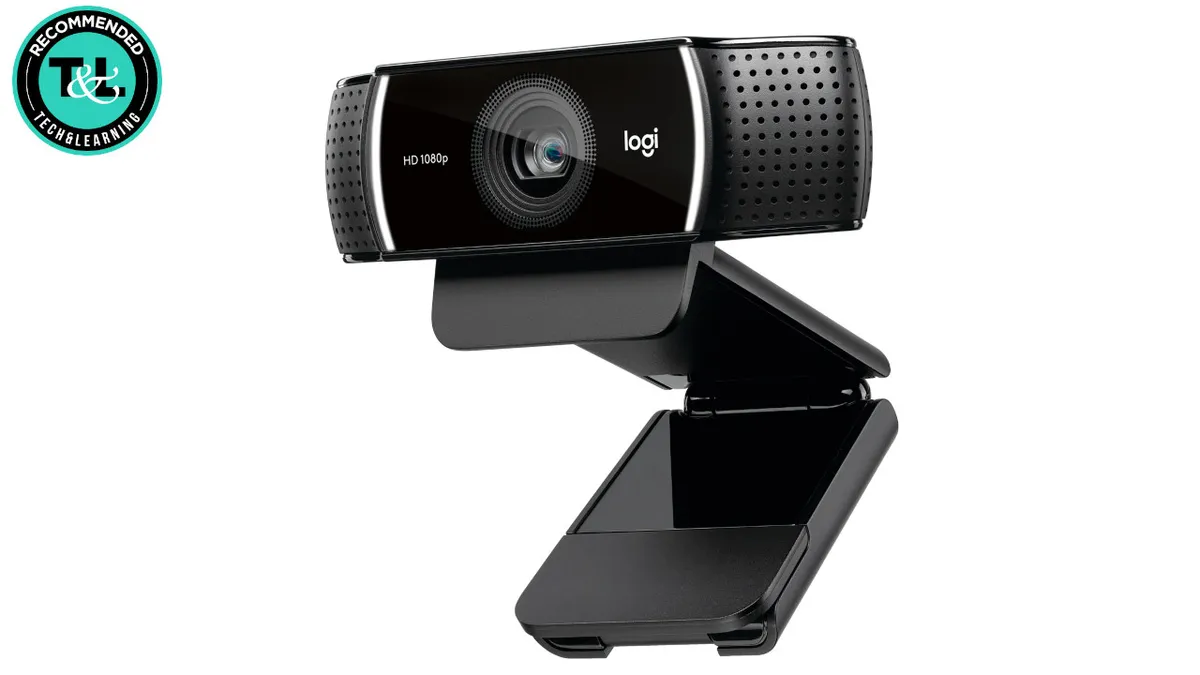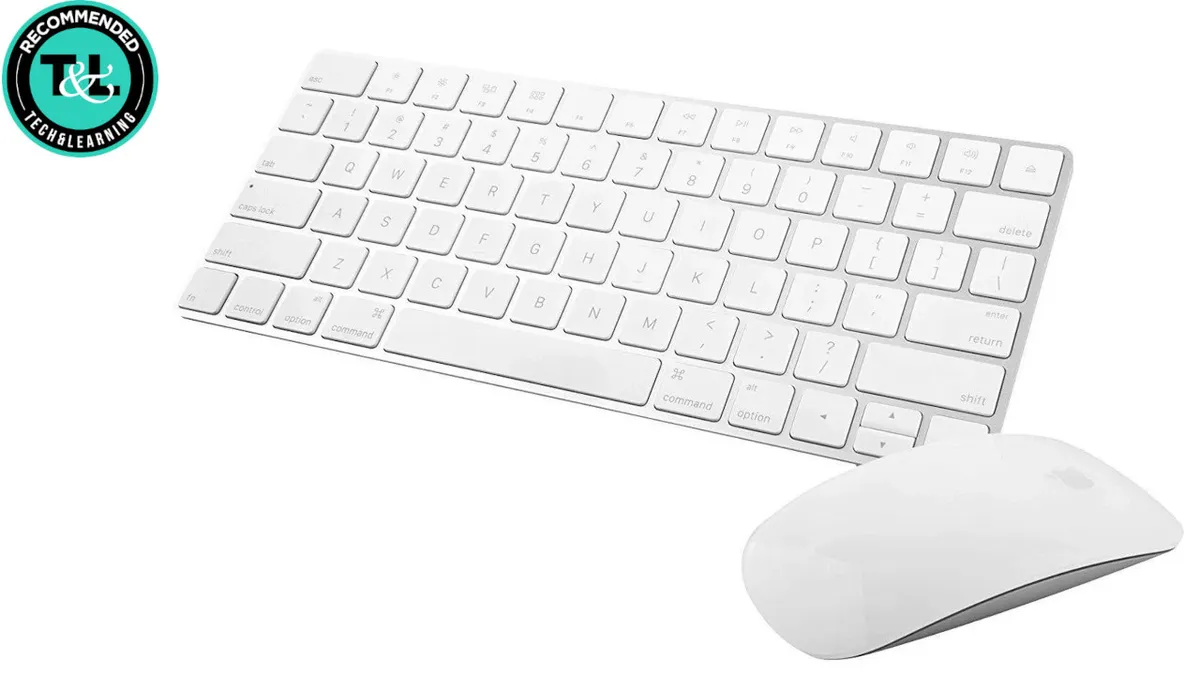How to survive as the only remote person in the hybrid room — from protocol.com by Tim Stevens
Experts weigh in on how remote tech workers can be seen and heard when everyone in a meeting is in the office.
Excerpt:
The hybrid approach to remote work can meet the needs of diverse teams of people, but too often those who sign in from afar can feel left out, absent from impromptu hallway discussions or outright ignored on Zoom calls.
When you’re on the outside it’s tempting to just stay quiet and hope things will improve, but if your team isn’t aware of your struggles, things will only get worse. I spoke with three experts in remote work and here are their pro tips on how to survive and even thrive.
Addendum on 11/14/22:
84% of meetings have at least one remote participant — from inavateonthenet.net
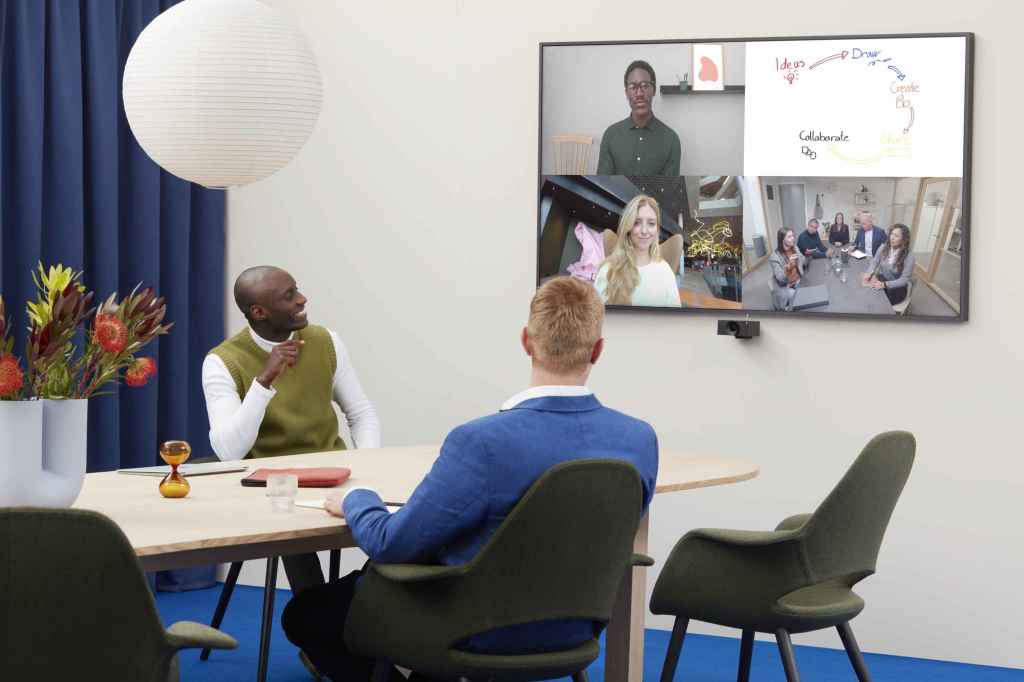
Excerpt:
A report commissioned by Crestron has found that 84% of employees regularly have at least one remote participant in their meetings.
The report, titled Tackling the Modern Workplace by the Numbers, explores employee behaviors and preferences in a hybrid workplace, the technology tools they need and lack, and what employers are (and could be) doing to enable more consistently productive collaboration remotely and in-office.
“The findings of this report reveal that for the first time in years, we have a reliable sense of what to expect from the enterprise workplace in terms of where work is done and how meetings have to be held,” said Brad Hintze, exec VP, global marketing, Crestron. “If every meeting isn’t equipped to be hybrid, the data unequivocally shows teams will experience challenges in staying connected to each other, to leadership, and to the company culture, no matter where they’re working.”









